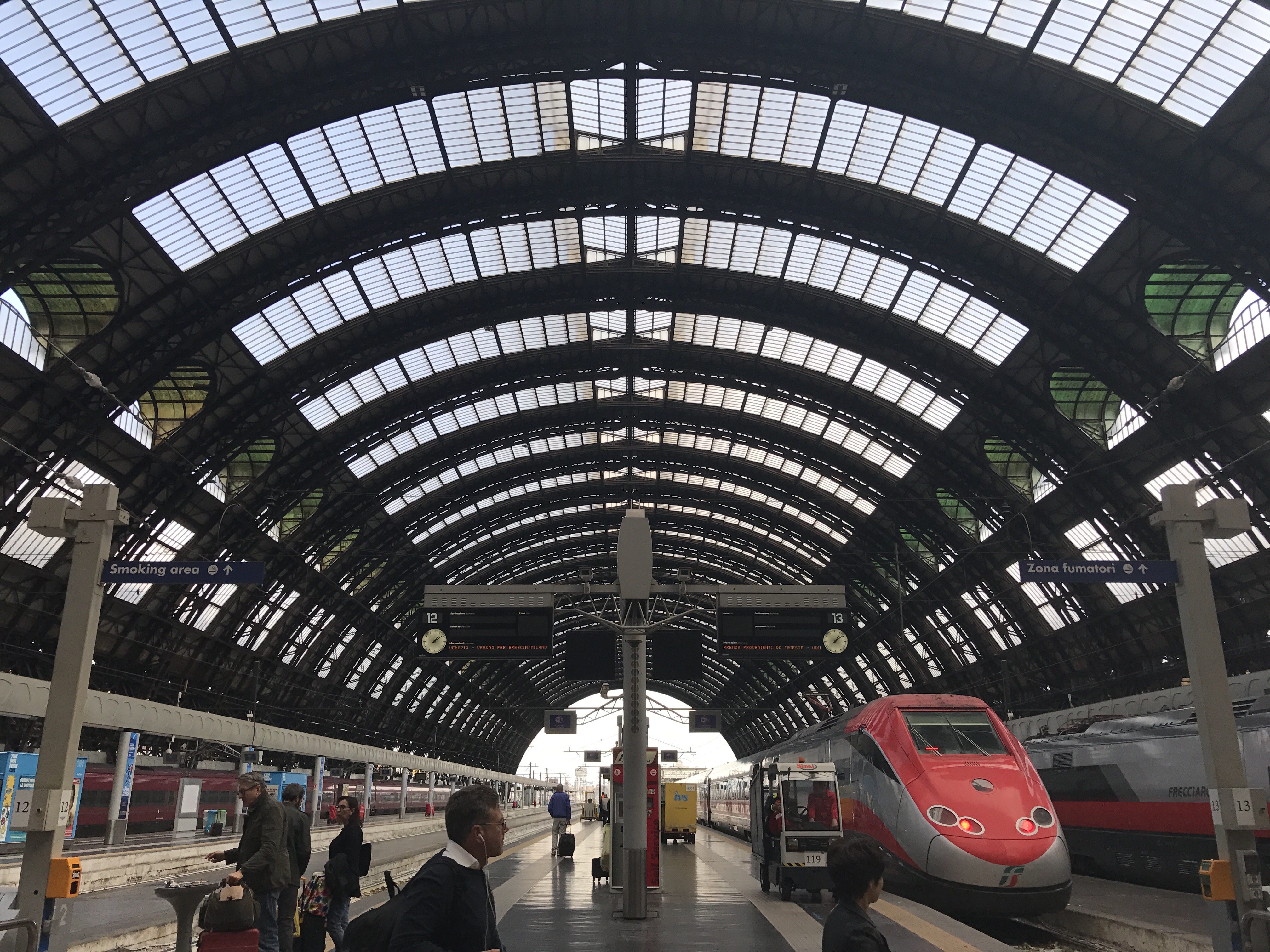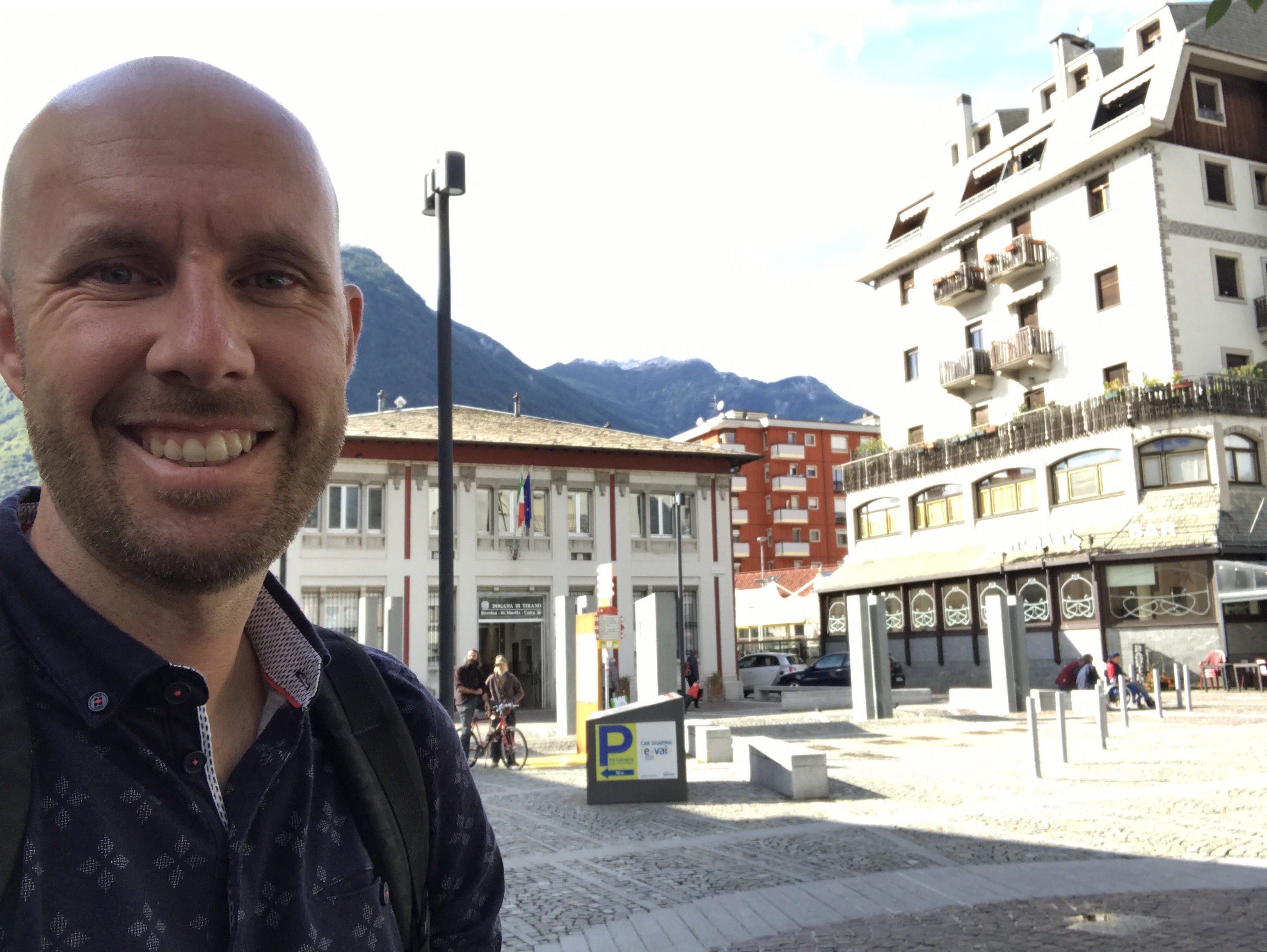ECC member Greg wrote this great article. Have a read and post your comments below.
PERFORMANCE ENGINES FOR CYCLISTS
Introduction
You often hear athletes talk about their bodies as though they were machines. They warm up, they push themselves to the limit, sometimes they break down. Athletes also take on fuel to generate energy. It is all very bio-mechanical. This has led to an even more nuanced metaphor used among cyclists to further describe the size of their engine. Some are described as “diesels”, for instance. Others may have a “turbo-charger” to give them an added burst of speed.
What does it all really mean? What are the principles at play that allow the engine metaphor to work? This brief summary will will explain how an engine works, the technical attributes of different types of engines, and what it means to you as a cyclist.
How does an engine work?
Engines use compression, air and fuel to cause combustion and create power. Many things factor into just how much power can be created. Generally, the more air and fuel you can combine, the more power you get. Large displacement engines use more air and fuel than smaller displacement engines and therefor are more powerful.
Another important factor is that air and fuel have to be mixed. Air on its own won’t burn and fuel on its own won’t burn. They need each other. In fact there is an optimum ratio where by all the oxygen and fuel burns so nothing extra is left over after combustion takes place. The ratio of air to fuel is 14.7 : 1 and has the technical term “stoichiometric”.
This leads to the next question… how does the air and fuel get mixed? In engines you have a carburetor. It is a mechanical device that feeds air and fuel into the engine at the proper ratio. Carburetors have been replaced by fuel injection in modern day cars, but the purpose is the same.
In humans, the fuel is mixed by the cardio-pulmonary system. Lungs take in the air and carry it to muscles by way of hemoglobin in the blood. The oxygen in the blood combines with the fuel, either fat or sugar, to power the muscles. The factors at play here are not just the size of your lungs, but how much oxygen can you carry in your blood and how much fuel you have ready for your muscles to burn.
So this is how an engine creates power and this is how your body creates power. As you can see, they have a lot of similarities.
Common Engine Types
There are many different types of engines that have been designed. Some are primitive, like steam engines. Some are exotic, like turbine engines. Engines used by the present day auto industry have evolved over time to include those with the best combination of practicality, efficiency and power.
You could group the engines into four types. Naturally aspirated engines, diesel engines and forced air induction engines that use super-chargers and turbo chargers.
Engine 1: Naturally Aspirated V-8, V-6 or Flat 6
The naturally aspirated V-8 may not sound exceptional, but it is all most of us will ever need. For the longest time the most popular engine was the naturally aspirated V-8. Naturally aspirated means that the carburetor sucked in the air around it, naturally, without assistance. V-8 means it had eight cylinders arranged in a “V” configuration, slanted outward. It was reliable, it was powerful, it was versatile enough to handle any driving situation. Because of the size, the V-8 can accelerate quickly, has a high top speed, and it can tow a heavy load. The V-8 can do it all.
Porsche uses a more sporty naturally aspirated engine called a Flat Six, where the cylinders are laid down horizontally, opposing one another. It is still naturally aspirated, but the weight in a better place and the engine itself is tuned for a little more performance.
Engine 2: Super-Charged
In an attempt to get some of the same attributes of a V-8, but using a smaller, less powerful engine, the automotive industry introduced forced air induction. This is an enhancement to the carburetion system, using “super-chargers” and “turbo-chargers” to add more air to the carburetor, so more fuel can be combined and more power created by a smaller engine.
Super-chargers are adding air all the time. They are a fan, attached to the engine, that blows additional air into the carburettor. As the engine revs higher the fan blows more air, so more fuel can be mixed. The end result is a smaller engine that has the same power as a V-8.
Engine 3: Turbo-Charged
The other device that was mentioned is a “Turbo-charger’. Typically used in combination with smaller, less powerful engines, the turbo-charger is a way to provide short bursts of power. The turbo-charger uses a turbine that is driven by the exhaust gases from the engine. As the exhaust gases power the turbine, it blows more air into the carburetor. Exhaust gases must have a certain velocity in order to power the turbo-charger, so the turbo-charger is only in use during hard acceleration. Once again, this form of forced air induction allows a small engine to at least temporarily, have the acceleration of a larger V-8.
Engine 4: Diesel
There is another type of engine that is widely used, and it does not run on gasoline. It uses a fuel that is similar, called diesel. One of the interesting factors about diesel fuel is that it does not actually burn. You can’t light it and watch it catch fire. Diesel fuel only combusts under intense pressure. When diesel fuel is highly compressed with oxygen, it combusts with a great deal of force. This is why a diesel engine has typically more power than a standard gasoline engine. The extra power produced by a diesel engine makes it suitable for heavy jobs, like towing. But because the extra compression takes time, the diesel’s maximum speed is limited. Once a diesel gets going, it can go for hours, generating immense power.
What do you have under your hood?
What kinds of rides do you enjoy? How do you compare to your fellow cyclists? What professional cyclists do you most identify with? These are some of the questions that will help you visualize what type of engine you have within yourself.
Remember each type of engine is designed a little differently and as a result each engine has its own characteristics. A particular engine is better suited for some situations and less so for others.
Naturally Aspirated
If you are average size, and find yourself riding with the pack, then chances are you have a V-8 (or V-6 depending on size) under your hood. You might not be the best climber or the fastest rider on the flats, but you can keep close. If it is not too steep or not too flat, you may occasionally finish first.
If you were a car, you’d be a an American icon like the Ford Mustang GT with a V-8, or the convertible version with the slightly smaller V-6. Maybe even a light weight, sporty Porsche Cayman.
Peter Sagan, Michael Kwiatkowski, Alejandro Valverde and Mariana Vos are examples of riders who have large, naturally aspirated V-8 engines that allow them to be competitive in most types of stages. Their V-8 engines can handle pretty much anything.
Super-Charged Engine
How about if you find yourself passing your fellow riders as the road heads upward? That is an indication you are able to mix a higher volume of oxygen and fuel than a typical rider your size. Pretty good chance you’ve got a super-charged engine beneath your hood.
If you were a car, you’d be a svelte and sleek Jaguar F-Type with a super-charged V-6.
Famous riders with super-charged engines would be Nairo Quintana, Chris Froome and Alberto Contador.
Turbo-Charged Engine
Smaller riders can’t sustain a high pace on the flats like some of the bigger riders. They just don’t have the muscle mass or the momentum. But you’ve noticed that if you conserve your energy, you can still put forth a good burst of acceleration and out-sprint the bunch. This would indicate that you likely have a turbo-charger feeding your engine. You can’t run it constantly, but if you use it sparingly, you’ll blow past the pack when it counts.
If you were a car, you’d probably be the fun and zippy turbo-charged Mini Cooper.
Famous riders who have turbo-charged engines include, Mark Cavendish, Marcel Kittel, Andre Greipel and Caleb Ewen.
Diesel Engine
Find you can power on into the wind when your fellow riders are getting blown back? Can you ride a solid pace for long periods of time when others start to fade? Hills may be a problem, but hey, you are probably carrying a few more pounds than some of those light-weights who make it look easy. That steady, high power output is an indication that you have a diesel engine inside.
If you were a car, or in this case, more likely a truck, you’d be a Dodge Ram pick-up with a powerful diesel engine.
Some of the most celebrated riders who have diesel engines are Fabian Cancellara, Tony Martin, Sir Bradley Wiggins and Geraint Thomas.
What’s the best engine to have?
Each engine is useful in different situations. This is why the professional peloton is filled with different types of riders. A given stage or race will favour one type over another depending on the route. Big climbs call for super-charged engines. Smaller climbs may allow for naturally aspirated V-8’s. Flat stages that finish in a sprint would favour riders with turbo-charged power plants. Of course it would be the riders with diesel engines who would be up front the entire distance, shielding the sprinters from the wind.
Some riders aren’t satisfied with the engine they have and they want a complete replacement. They turn to things like blood doping and taking performance enhancing drugs to try to transform themselves into something they are not. Drugs like EPO give everyone a supercharger, so they can use more oxygen and fuel for a period of time. Problem is, when a mechanic bolts on a supercharger to an engine that is not designed for it, the engine blows apart. You need super tough parts to withstand the higher compression and combustion forces that a super-charger creates. Similarly for cyclists, drug modified engines sometimes blow up too and this can mean death. The boost is temporary anyway, because once the drugs are out of the rider’s system, the rider goes back to his/her original engine.
The reality is, you don’t have much choice… the engine you have is yours for life. As performance coach, Joe Friel likes to say, “choose your parents wisely if you want to be a high performance athlete”. Sure you can make some adjustments to try to achieve some incremental gains, but you can’t do a complete engine change. When mechanics are working on car engines, they try to do things to improve efficiency. They focus on making the air flow more smoothly into the carburettor so it mixes better with the fuel. Or they reduce the weight of the internal parts so the engine is not wasting energy overcoming inertia with every turn. These things improve efficiency and performance by small amounts.
Cyclists try to find incremental gains too. They focus on eating right so they have proper fuel available. Training hard helps improve not only the efficiency of the cardio-pulmonary system but also efficiency of motion, at the same time, building muscle. The result of all these efforts is that you end up maximizing the potential of the engine you’ve got.
In conclusion, you only have one engine, so make the most of it. And remember… don’t do anything that would void your warranty.















